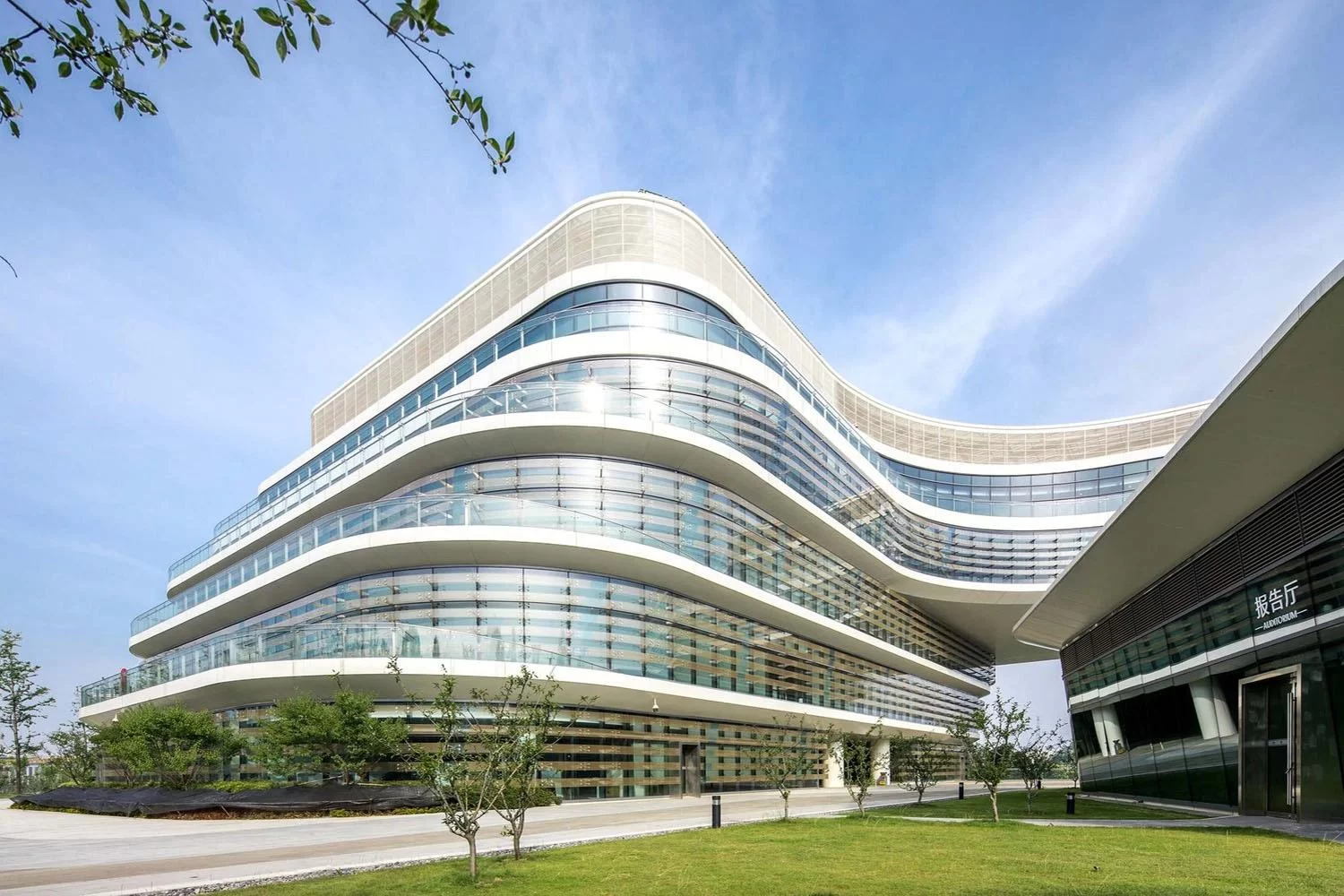Top Architectural Firms for Designing Public Spaces and Community Centers
- Introduction to Public Space and Community Center Design
- The Importance of Community Centers and Public Spaces
- Top Architectural Firms Specializing in Community Centers
- Case Studies of Successful Public Space Designs
- How to Choose the Right Architectural Firm for Your Project
1. Introduction to Public Space and Community Center Design
Designing public spaces and community centers requires an understanding of both functionality and aesthetics. Architects play a crucial role in shaping spaces that not only look beautiful but also serve as important gathering points for the public. These designs need to meet the diverse needs of the community while fostering social interaction and inclusion. Whether it's a new community center, a public park, or a library, the right architectural design can transform a simple space into a vibrant hub for engagement and connection.
2. The Importance of Community Centers and Public Spaces
Community centers and public spaces are more than just buildings; they are essential to creating strong, connected communities. These spaces provide a platform for social interaction, cultural exchange, education, and recreation. They act as community hubs where people of all ages and backgrounds can come together to learn, play, and engage with one another.
1. Fostering Social Interaction: Well-designed community spaces encourage social interaction by providing comfortable, welcoming environments. They offer a place where people can gather for events, meetings, or casual activities, fostering a sense of belonging and connection.
2. Supporting Local Culture and Education: Community centers often host educational programs, workshops, and cultural events, making them vital for the growth of local culture and knowledge-sharing. A well-designed space can enhance these activities, providing functional rooms for classrooms, theaters, and event halls.
3. Promoting Health and Well-being: Public spaces such as parks and recreation centers provide areas for physical activity and relaxation, improving the overall health and well-being of community members. Architects must design these spaces to encourage active lifestyles while offering spaces for rest and rejuvenation.
3. Top Architectural Firms Specializing in Community Centers
Many top architectural firms have made their mark by designing innovative and functional public spaces. Here are a few firms that specialize in community centers and public space architecture:
1. BIG - Bjarke Ingels Group: Known for their innovative and forward-thinking designs, BIG is a global architecture firm that excels in creating dynamic public spaces. Their design philosophy focuses on sustainability, social inclusion, and creating spaces that reflect the communities they serve.
2. OMA - Office for Metropolitan Architecture: OMA is a leading firm specializing in architecture, urbanism, and design. They have worked on numerous public space projects, creating spaces that serve as both cultural landmarks and functional community hubs. Their designs are known for their boldness and ability to merge the artistic with the practical.
3. KPF - Kohn Pedersen Fox Associates: KPF is a renowned global architecture firm known for designing iconic buildings and public spaces that reflect the identity of the communities they serve. Their work focuses on creating spaces that are both practical and beautiful, with an emphasis on sustainable and inclusive design.
4. Gensler: As one of the largest architecture firms in the world, Gensler has a rich portfolio of public space and community center designs. They focus on creating spaces that foster collaboration, innovation, and inclusivity while embracing sustainable design practices.
5. Snøhetta: This award-winning Norwegian architecture firm has completed several transformative public space projects. Snøhetta’s designs emphasize connection with nature, social interaction, and sustainability, making them a great choice for projects that aim to bring people together while respecting the environment.
4. Case Studies of Successful Public Space Designs
Here are a few examples of successful public space designs that showcase how architecture can positively impact communities:
The Oslo Opera House, Norway (Snøhetta): This iconic building blends with the surrounding environment, offering a welcoming space for visitors to enjoy performances or simply walk up the roof and enjoy stunning views. The design encourages public engagement and exemplifies how architecture can integrate with nature to create a functional public space.
The Chicago Public Library, USA (OMA): With its unique and bold design, the Chicago Public Library serves as a cultural landmark and community center. Its open spaces, contemporary design, and community-focused programs have made it a model for modern public library designs.
The East River Waterfront Esplanade, New York (BIG): BIG’s design of the East River Waterfront Esplanade transformed an underutilized part of the city into a dynamic public space. The design focuses on accessibility, with green spaces and recreational areas that have become popular gathering spots for locals and visitors alike.
5. How to Choose the Right Architectural Firm for Your Project
Choosing the right architectural firm is crucial to the success of any public space or community center design. Here’s how to make the best choice for your project:
1. Look at the Firm's Experience: Select a firm with a proven track record in designing public spaces and community centers. Review their portfolio to see if they have experience working on similar projects, and look for firms that demonstrate a clear understanding of your community’s needs.
2. Evaluate Their Design Philosophy: Each architectural firm has its own design approach. Consider whether their philosophy aligns with your vision for the space. Do they prioritize sustainability, accessibility, or community engagement? Find a firm whose values resonate with your project goals.
3. Consider Collaboration and Communication: Effective collaboration is key when designing public spaces. Look for firms that are open to working closely with clients, contractors, and other stakeholders throughout the design and construction process. This will ensure that your vision is realized in the final design.
4. Budget and Timeline: Choose a firm that can work within your budget and timeline constraints. Discuss cost estimates upfront and ensure that the firm is committed to delivering the project on schedule while maintaining quality standards.









